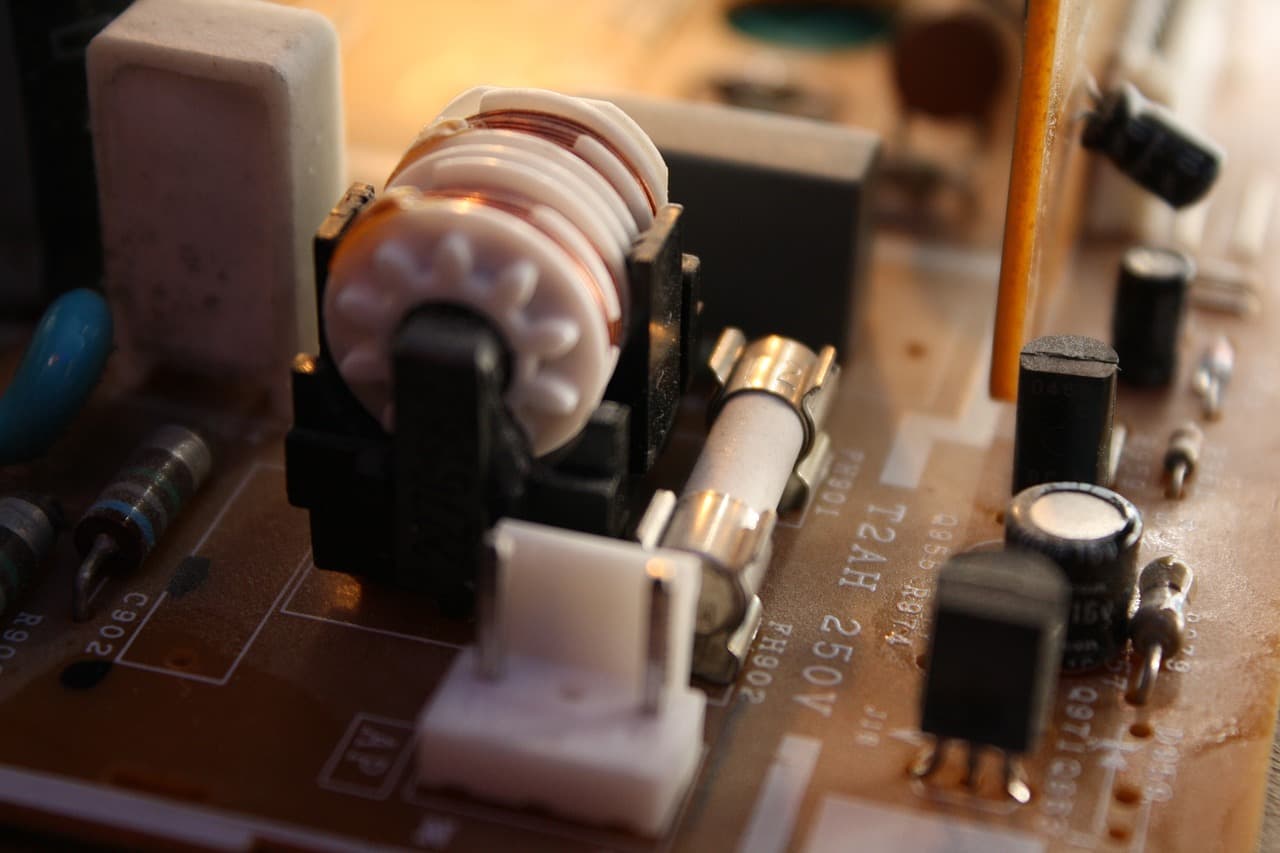Understanding Why a 10-Amp Fuse Keeps Blowing: Common Causes and Practical Solutions
Experiencing a blown 10-amp fuse can be frustrating and puzzling. This issue not only disrupts the electrical system in your home or vehicle but can also pose safety risks if not addressed properly. In this article, we'll explore the common causes of a frequently blowing 10-amp fuse and provide practical solutions to help you resolve the issue effectively.
Common Causes of a Blown 10-Amp Fuse
-
Overloaded Circuit
- What it means: Too many appliances or devices are running simultaneously on the same circuit.
- Example: Using a microwave, toaster, and coffee maker at the same time on the same kitchen circuit.
-
Short Circuit
- What it means: An accidental path of low resistance which allows an abnormal amount of current to flow.
- Example: Wires in an appliance like a toaster wearing out and touching each other, creating a short.
-
Ground Fault
- What it means: Occurs when the hot wire (live wire) touches a ground wire or the metal wall box.
- Example: Common in areas with high moisture, like bathrooms or kitchens, where wiring might degrade.
-
Faulty Appliances
- What it means: Older or malfunctioning appliances can draw more power than they are supposed to.
- Example: An old space heater that overheats and draws too much current.
-
Aging or Damaged Wiring
- What it means: Worn out or chewed wires can cause fuses to blow.
- Example: Rodents chewing through wiring in the attic.
Practical Solutions to Prevent Frequent Blowing of a 10-Amp Fuse
-
Circuit Evaluation
- Action: Hire a professional electrician to evaluate your circuits and determine if they are properly balanced.
- Benefit: Ensures that no single circuit is overloaded, which can prevent fuse blowouts.
-
Upgrade Your Fuse
- Action: Consider upgrading from a 10-amp fuse to a higher rating after consulting with an electrician.
- Benefit: A higher-rated fuse can handle more amperage, reducing the likelihood of blowouts due to overload.
-
Repair or Replace Faulty Wiring
- Action: Inspect wiring and replace or repair any damaged sections.
- Benefit: Prevents short circuits and ground faults which can lead to fuse issues.
-
Use Appliance Wisely
- Action: Avoid using multiple high-energy consuming appliances simultaneously on the same circuit.
- Benefit: Reduces the load on any single circuit, preventing fuse blowouts.
-
Regular Maintenance
- Action: Schedule regular maintenance checks for your electrical system and appliances.
- Benefit: Early detection of potential problems that could cause a fuse to blow.
Conclusion
Understanding and addressing the reasons behind a blowing 10-amp fuse is crucial for maintaining electrical safety and efficiency in your home or vehicle. By identifying the root causes and implementing the solutions outlined above, you can ensure a more stable and safe electrical system.
If you need further assistance or prefer a professional to handle your electrical concerns, consider using Mavyn. At Mavyn, you can chat with Mavyn GPT or connect with a human expert to get answers to your questions and resolve issues efficiently.
